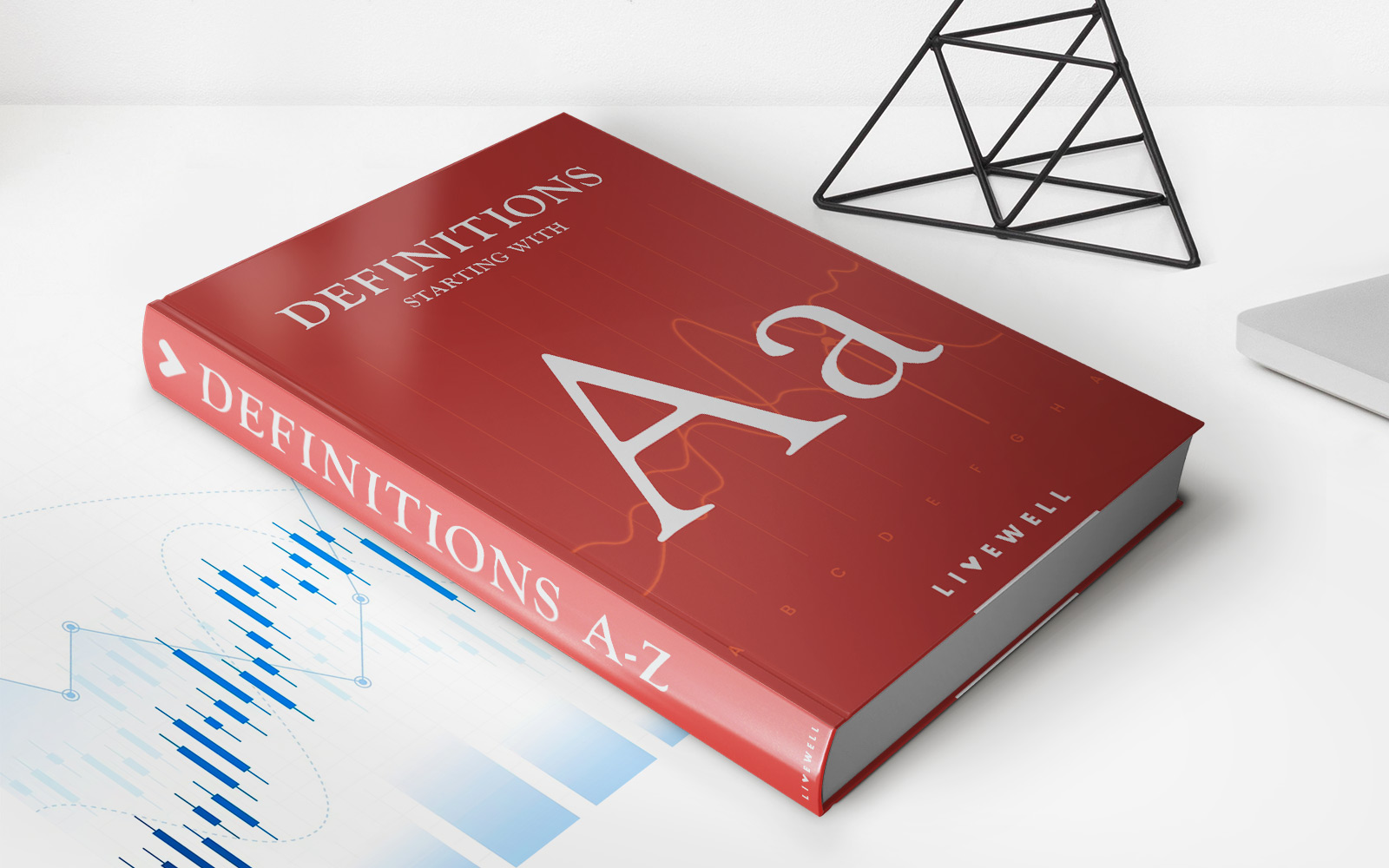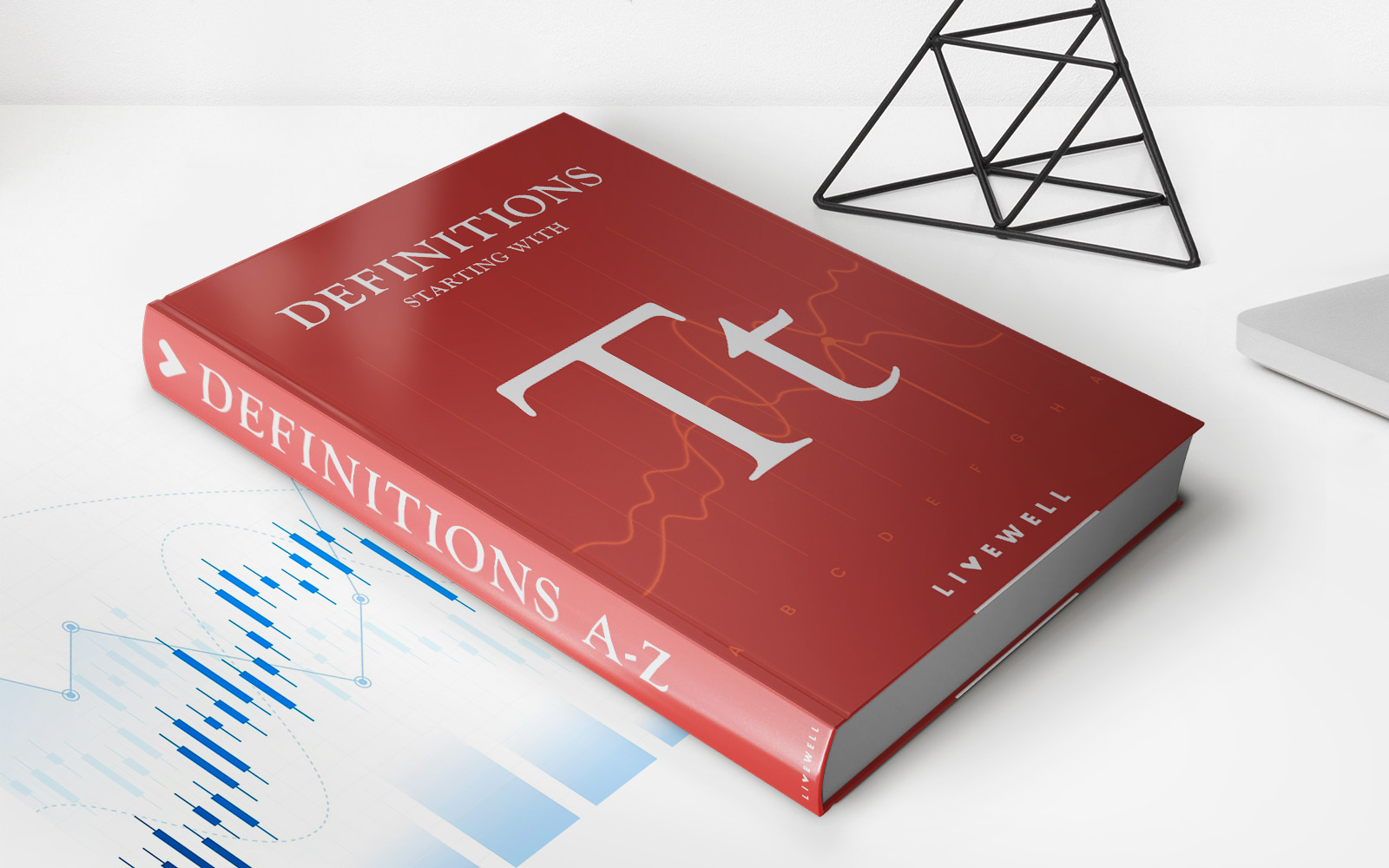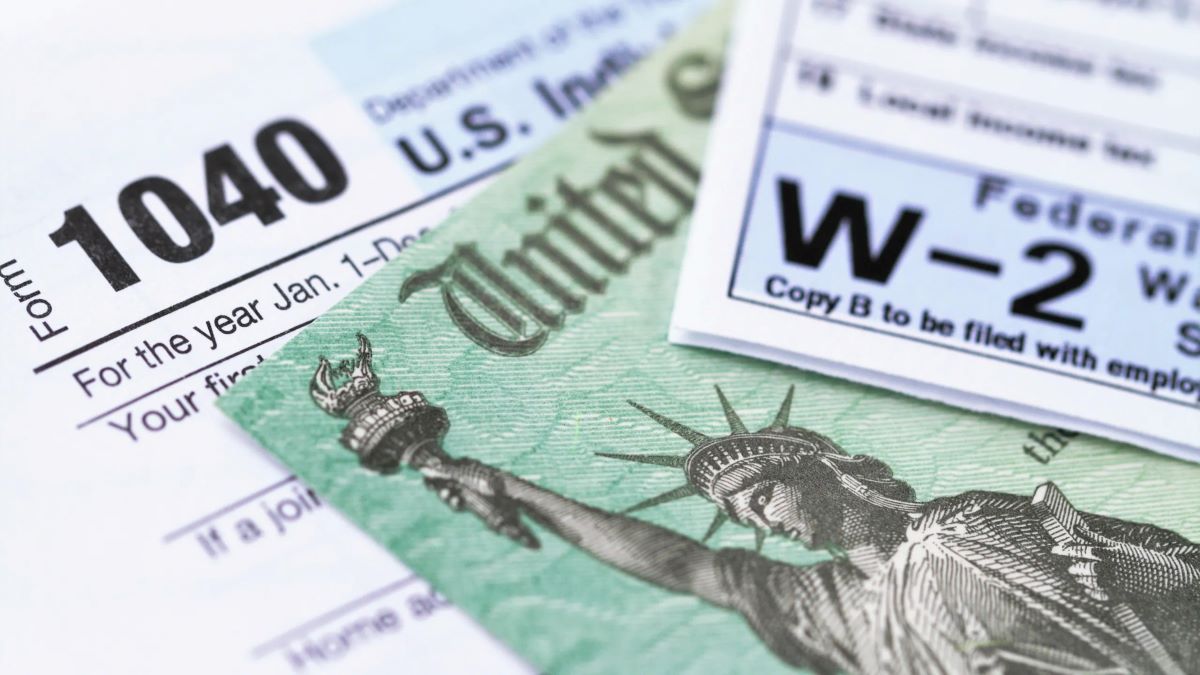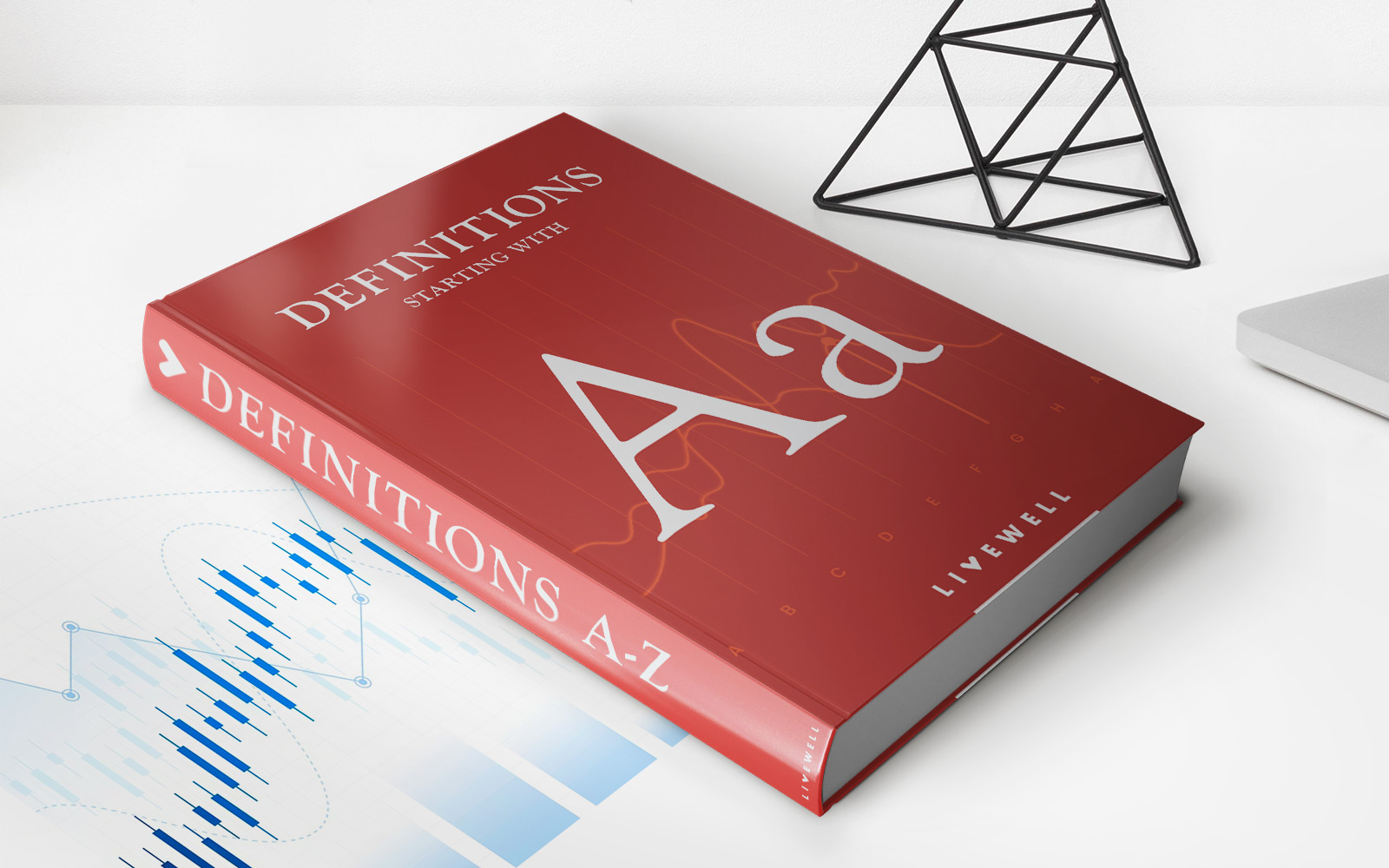Home>Finance>What Is Attestation? Definition, How It Works, History, And Example


Finance
What Is Attestation? Definition, How It Works, History, And Example
Published: October 10, 2023
Learn what attestation is, how it works, and its historical significance in the world of finance. Includes examples to illustrate its importance.
(Many of the links in this article redirect to a specific reviewed product. Your purchase of these products through affiliate links helps to generate commission for LiveWell, at no extra cost. Learn more)
Understanding Attestation: A Comprehensive Guide
When it comes to matters of finance, there are various processes and procedures that ensure transparency and credibility. One such process is attestation. In this article, we will explore the world of attestation, understanding its definition, how it works, its history, and provide a real-life example. So, let’s dive right in and demystify the concept of attestation!
Key Takeaways:
- Attestation is a process that involves verifying and validating the authenticity and accuracy of a document or a transaction.
- It plays a crucial role in maintaining transparency, trust, and compliance in financial transactions.
What is Attestation?
Attestation, in the context of finance, is a process that involves verifying and validating the authenticity and accuracy of a document or a transaction. It serves as a method to ensure that the information provided is reliable, true, and up-to-date.
Attestation involves a third-party, known as the attesting party or the auditor, who examines and validates the information provided in the document or transaction. The attesting party is generally an independent entity, often a certified public accountant (CPA) or an auditing firm.
How Does Attestation Work?
The process of attestation typically involves the following steps:
- Identification: The attesting party identifies the document or transaction that requires attestation.
- Examination: The attesting party thoroughly examines the document or transaction, analyzing the information provided and verifying its accuracy.
- Verification: The attesting party verifies the authenticity of the document by cross-referencing it with relevant sources and records.
- Reporting: After completing the examination and verification process, the attesting party prepares a report that outlines their findings.
- Attestation: The attesting party attaches their signature, seal, or other form of authentication to the document, certifying its accuracy and reliability.
Once the attestation process is complete, the document or transaction gains credibility and trustworthiness, making it more reliable in the eyes of stakeholders, investors, and regulatory authorities.
A Brief History of Attestation
The concept of attestation dates back centuries, with its roots in ancient civilizations and legal systems. In ancient times, attestation was commonly used to verify and authenticate legal documents, contracts, and agreements.
Over time, attestation evolved to meet the changing needs of society and the growing complexity of financial transactions. Today, attestation plays a vital role in various sectors, including finance, IT, healthcare, and legal fields.
An Example of Attestation
Let’s consider a real-life example to understand how attestation works in practice:
A company is preparing to raise funds through an initial public offering (IPO). As part of the process, the company’s financial statements need to be attested by an independent auditor. The auditor examines the financial statements, verifies the accuracy of the information, and prepares an attestation report. This report is then included in the IPO prospectus, providing potential investors with confidence in the company’s financial position and performance.
Conclusion
Attestation is a vital process that ensures the credibility and authenticity of documents and transactions in the finance world. It promotes transparency, trust, and compliance, playing a crucial role in maintaining the integrity of financial systems. By understanding the definition, process, history, and example of attestation, you now have a clearer picture of its significance in today’s financial landscape.
Remember, when it comes to finance, attestation is one of the key pillars that keeps the system running smoothly, providing stakeholders with the confidence they need to make informed decisions.














